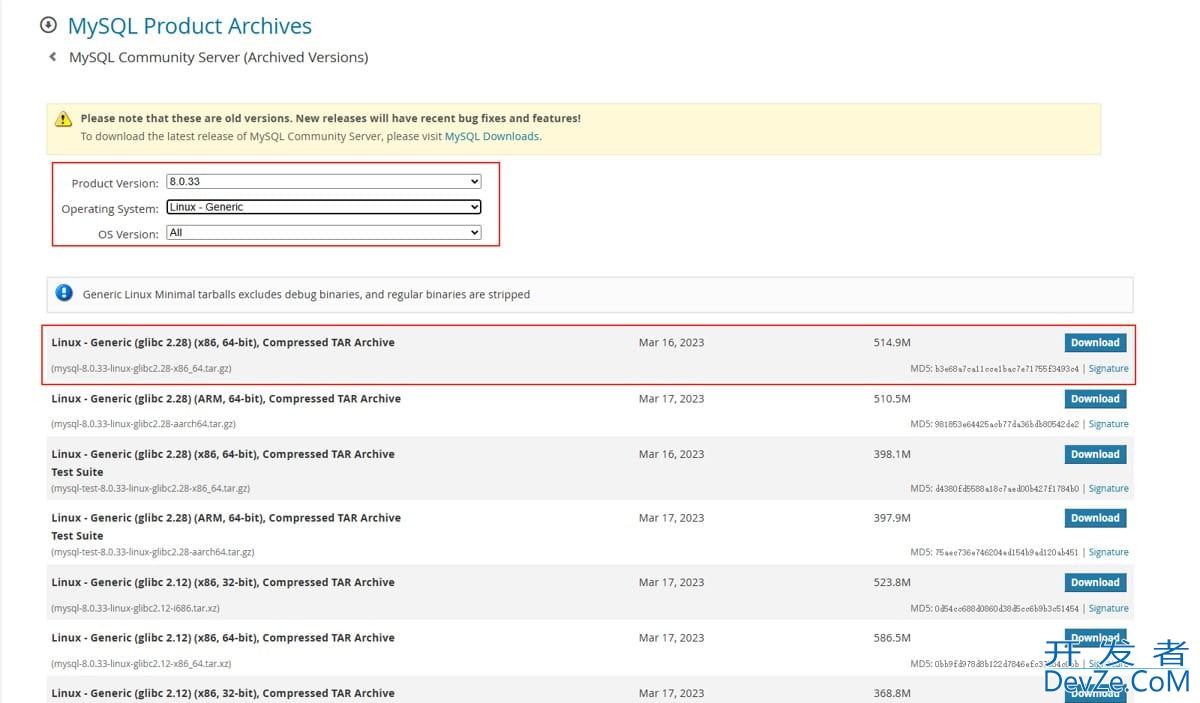springboot中redis并发锁的等待时间设置长短的方法
目录
- Redis等待时间过长会怎么样
- springboot中的最大连接数
- 当请求数超了最大线程数会怎么样
- springboot如何对接口限流
- 1. 使用Spring AOP和Guava RateLimiter
- 2. 使用Spring Cloud Gateway
- 3. 使用第三方库如 Bucket4j
问题:等待时间我设置的大一点,还是立刻抛出错误不等待;个人是觉得要立刻抛出错误,首先如果同一把锁并发量太大,没有限流,会造成服务器连接数立刻达到最大连接数,服务不可用;其次等待没有意义,还会增大接口相应时间;实时接口直接报错,如果不想抛错,可以加入消息队列处理
redis等待时间过长会怎么样
在Spring Boot应用中,如果Redis锁的等待时间设置过长,可能会带来以下几个后果:
- 资源浪费:长时间等待锁会导致线程资源被占用,无法处理其他任务,从而降低系统的整体性能和吞吐量。
- 响应时间增加:用户请求需要等待更长时间才能获得响应,导致用户体验变差,特别是在高并发场景下,响应时间的增加可能会显著影响用户满意度。
- 死锁风险:如果锁的释放机制不完善,长时间等待可能会增加死锁的风险,导致系统无法正常运行。
- 系统负载增加:长时间等待锁可能会导致大量线程处于等待状态,增加系统的负载,可能会导致CPU和内存资源的过度消耗。
- 业务逻辑延迟:某些关键业务逻辑可能因为等待锁而延迟执行,影响业务流程的及时性和准确性。
- 故障恢复慢:在发生故障时,长时间等待锁可能会延缓故障恢复的速度,影响系统的可用性和稳定性。
为了避免这些问题,建议合理设置Redis锁的等待时间,并结合业务需求和系统性能进行优化。同时,可以考虑使用分布式锁的其他实现方式,如Zookeeper等,以提高系统的可靠性和性能。
springboot中的最大连接数
server.tomcat.max-threads=200
server.tomcat.min-spare-threads=10
server.tomcat.accept-count=100
max-threads:Tomcat线程池中允许的最大线程数,默认值为200。min-spare-threads:Tomcat线程池中保持的最小空闲线程数,默认值为10。accept-count:当所有可用处理线程都被使用时,Tomcat可以接受的连接请求数,默认值为100。
当请求数超了最大线程数会怎么样
当请求数超过了 serjsver.tomcat.max-threads 的数量时,Tomcat 服务器将无法立即处理所有的请求。具体表现为:
- 请求排队:多余的请求会进入等待队列,等待有可用的线程来处理。如果等待队列也满了,新的请求将被拒绝。
- 响应延迟:由于请求需要排队等待处理,响应时间会增加,用户可能会感受到明显的延迟。
- 资源耗尽:如果请求持续超过最大线程数,服务器资源(如内存和CPU)可能会被耗尽,导致性能下降,甚至可能导致服务器崩溃。
- 错误响应:在极端情况下,Tomcat 可能会返回错误响应,如HTTP 503(服务不可用),表示服务器暂时无法处理请求。
为了避免这些问题,可以采取以下措施:
- 增加
server.tomcat.max-threads的值,但要注意服务器硬件资源的限制。 - 优化应用程序代码,提高每个请求的处理效率。使用负载均衡,将请求分散到多个服务器上。
- 实现请求限流,防止过多的请求涌入服务器。
springboot如何对接口限流
在Spring Boot中,可以通过多种方式对某个接口进行限流。以下是几种常见的方法:
1. 使用Spring AOP和Guava RateLimiter
Guava提供了一个RateLimiter类,可以方便地实现限流。你可以结合Spring AOP来对特定的接口进行限流。
步骤:
添加Guava依赖:
<dependency> <groupId>com.google.guava</groupId> <artifactId>guava</artifactId> <version>30.1.1-jre</version> </dependency>
创建一个限流注解:
@Target(ElementType.METHOD) @Retention(RetentionPolicy.RUNTIME) public @interface RateLimit { double value(); }
创建一个AOP切面来处理限流逻辑:
@ASPect @Component
public class RateLimitAspect
{
private final Map<String, RateLimiter> limiters = new ConcurrentHashMap<>();
@Around("@annotation(rateLimit)")
public Object around(ProceedingJoinPoint joinPoint, RateLimit rateLimit)
throws Throwable { MethodSignature signature = (MethodSignature)
joinPoint.getSignature();
Method method = signature.getMethod();
Stringphp key = method.getDeclaringClass().getName() + "." + method.getName();
RateLimiter rateLimiter = limiters.computeIfAbsent(key, k -> RateLimiter.create(rateLimit.value())); if (!rateLimiter.tryAcquire()) { throw new RuntimeException("Rate limit exceeded");
}
return joinPoint.proceed();
}
}
在需要限流的接口上使用注解:
@RestController
public class MyController
{
@RateLimit(1.0)
// 每秒1个请求 @GetMapping("/limited") public String limitedEndpoint() { return "This endpoint is rate limited"; } }
2. 使用Spring Cloud Gateway
如果你使用Spring Cloud Gateway,可以通过配置来实现限流。
步骤:
添加Spring Cloud Gateway依赖:
<dependency> <groupId>org.springframework.cloud</groupId> <artifactId>spring-cloud-starter-gateway</artifactId> </dependency>
在application.yml中配置限流:
spring: cloud: gateway: routes: - id: limited_route uri: http://localhost:8080 predicates:编程 - Path=/limited filters: - name: RequestRateLimiter args: redis-rate-limiter.replenishRate: 1 redis-rate-limiter.burstCapacity: 1
确保你有Redis依赖和配置,因为Spring Cloud Gateway的限流依赖于Redis。
3. 使用第三方库如 Bucket4j
Bucket4j是一个Java库,可以用于实现令牌桶算法的限流。
步骤:
添加Bucket4j依赖:
<dependency> <groupId>com.github.vladimir-bukhtoyarov</groupId> <artifactId>bucket4j-core</artifactId> <version>7.0.0</version> </dependency>
创建一个限流过滤器:
@Component
@Order(Ordered.HIGHEST_PRECEDENCE)
public class RateLimitFilter extends OncePerRequestFilter
{
private final Bucket bucket; public RateLimitFilter()
{
Bandwidth limit = Bandwidth.classic(1, Refill.greedy(1, Duration.ofSeconds(1)));
this.bucket = Bucket4j.builder().addLimit(limit).build();
}
@Override protected void doFilterInternal(HttpServletRequest request, HttpServletResponse response, FilterChain filterChain) throws ServletException, IOException
{
if (bucket.tryConsume(1))
{
filterChain.doFilter(request, response);
}
else
{
respwww.devze.comonse.setStatus(HttpStatus.TOO_MANY_REQUESTS.value());
response.getWriter().write("Rate limit exceeded");
}
}
}
注册过滤器:
@Configuration public class FilterConfig
{
@Bean public FilterRegistrationBean<RateLimitFilter> rateLimitFilter()
{ FilterRegistrationBean<RateLimitFilter> registrationBean = new FilterRegistrationBean<>();
registrationBean.setFilter(new RateLimitFilter());
registrationBean.addUrlPatterns("/limited"); return registrationBean;
}
}
到此这篇关于springboot中redis并发锁的等待时间javascript设置长短的文章就介绍到这了,更多相关redis并发锁等待时间设置长短内容请搜索编程客栈(www.devze.com)以前的文章或继续浏览下面的相关文章希望大家以后多多支持编程客栈(www.devze.com)!








 加载中,请稍侯......
加载中,请稍侯......
精彩评论